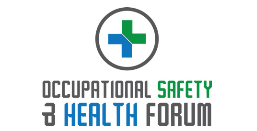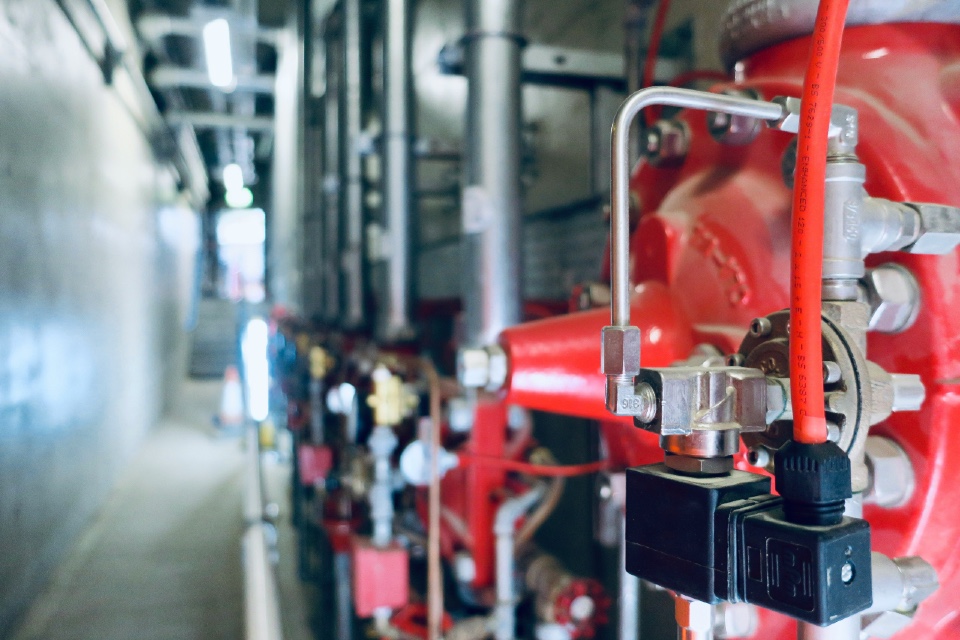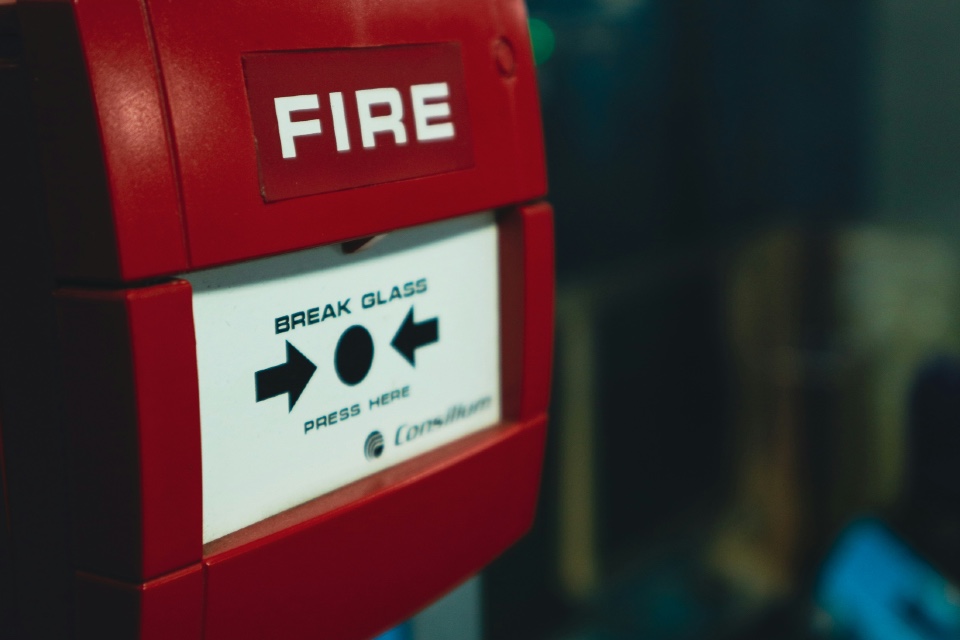Fire safety is a critical aspect of occupational health and safety (OHS) management. Senior OHS professionals can utilise various solutions to enhance fire prevention, detection, and response capabilities within their organisations. Here’s an overview of the fire safety landscape, based on delegate requirements at the Occupational Safety & Health Forum…
Key Technologies and Their Applications
- Fire Detection and Alarm Systems:
- Smoke Detectors: Detect smoke particles in the air, triggering alarms and alerting occupants.
- Heat Detectors: Detect excessive heat levels, indicating potential fires.
- Flame Detectors: Identify flames or radiant heat sources.
- Combination Detectors: Combine smoke, heat, and flame detection for enhanced sensitivity.
- Sprinkler Systems: Automatically release water to suppress fires, often activated by heat detectors.
- Fire Extinguishers: Provide portable firefighting tools for employees to use in emergencies.
- Emergency Lighting: Ensure adequate illumination during power outages or emergencies.
- Fire Alarms and Public Address Systems: Communicate alarms and evacuation instructions to occupants.
- Fire Simulation Software: Used for training and testing emergency response plans.
Usage Scenarios
- Regular Inspections: Conduct routine inspections of fire safety equipment to ensure proper functioning and identify potential hazards.
- Emergency Response Training: Conduct regular fire drills and training exercises to familiarize employees with emergency procedures.
- Risk Assessments: Identify fire hazards and implement preventive measures to mitigate risks.
- Compliance Monitoring: Ensure compliance with fire safety regulations and standards, such as the Regulatory Reform (Fire Safety) Order 2005.
- Incident Investigation: Use fire safety systems to gather evidence and investigate the cause of fires.
Maintenance Considerations
- Regular Testing: Conduct regular tests of fire detection and alarm systems to ensure their reliability.
- Maintenance Contracts: Consider outsourcing maintenance to specialized providers for comprehensive care.
- Inspection and Servicing: Schedule regular inspections and servicing of fire extinguishers, sprinkler systems, and other equipment.
- Battery Replacement: Ensure timely replacement of batteries in smoke detectors and other devices.
- Record Keeping: Maintain records of maintenance activities, inspections, and test results.
By effectively leveraging fire safety management solutions, senior OHS professionals can significantly reduce the risk of fires and ensure the safety of employees and property.
Are you searching for Fire Safety solutions for your organisation? The Occupational Safety & Health Forum can help!
Photo by Rose Galloway Green on Unsplash





